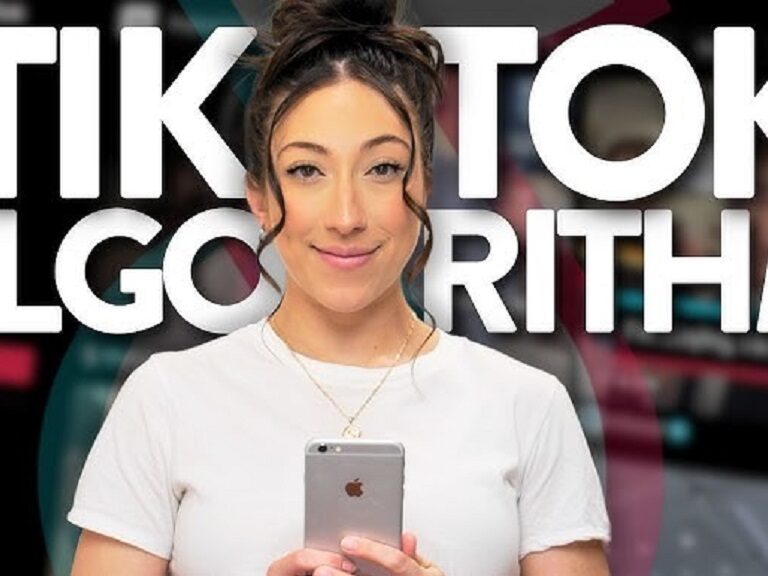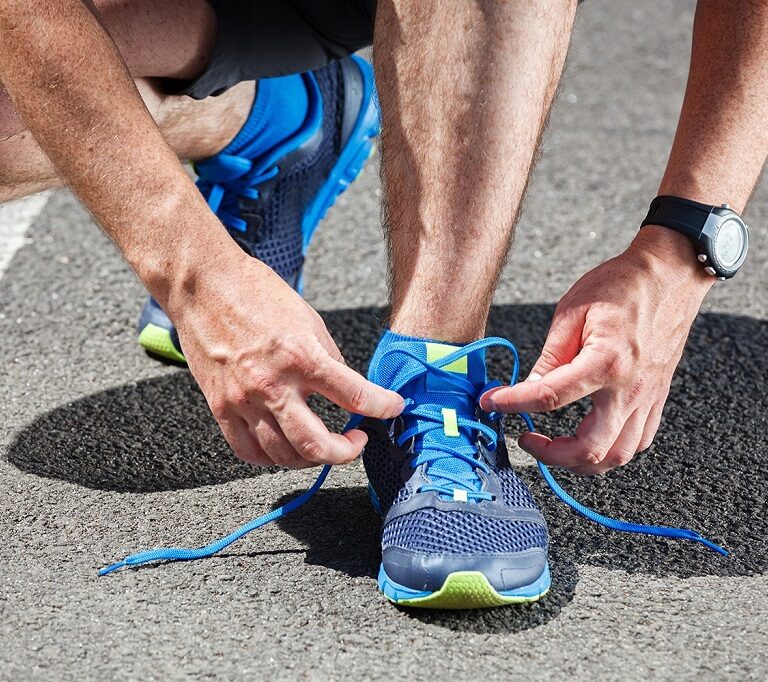Cardboard is a versatile, affordable material used for crafts, storage, and DIY projects. However, it’s prone to water damage, which can ruin its structure. Fortunately, you can learn how to waterproof cardboard using household items. This guide from The Other Side Magazine explores simple, cost-effective methods to protect cardboard from moisture. With everyday materials like wax, glue, or plastic wrap, you can make cardboard durable for outdoor use or humid environments.
Why Waterproof Cardboard?
Cardboard absorbs water quickly, causing it to weaken or disintegrate. Waterproofing extends its lifespan, making it suitable for projects like outdoor signs, garden planters, or storage boxes. Additionally, waterproofing is budget-friendly and eco-conscious, as it repurposes cardboard instead of discarding it. By following these steps, you’ll save money and reduce waste while creating sturdy, water-resistant items.
Materials You’ll Need
Before diving into the methods, gather these household items. Most are likely already in your home, making this a low-cost project.
- Paraffin wax or old candles
- White glue (PVA glue) or school glue
- Clear acrylic spray paint (optional)
- Plastic wrap or garbage bags
- Duct tape or packing tape
- Hairdryer or heat gun
- Paintbrush or sponge
- Cooking oil or petroleum jelly
- Scissors or utility knife
These items form the backbone of the waterproofing process. Now, let’s explore the methods to make your cardboard water-resistant.
Method 1: Wax Coating for Basic Protection
Wax creates a simple, effective barrier against moisture. It’s ideal for lightweight cardboard projects like signs or decorative items.
Steps to Apply Wax
- Melt paraffin wax or old candles in a double boiler. If you don’t have one, place a heat-safe bowl over a pot of simmering water.
- Cut the cardboard to your desired shape and size.
- Use a paintbrush to apply a thin layer of melted wax evenly across the surface.
- Let the wax dry for 10-15 minutes. Apply a second coat for extra protection.
- Use a hairdryer to smooth out any uneven areas.
This method works best for temporary outdoor projects. However, wax may wear off over time, so reapply as needed.
For more detailed guidance on how to waterproof cardboard, check out The Other Side Magazine’s in-depth tutorial.
Method 2: Glue and Water Mixture for Durability
A glue-based sealant strengthens cardboard while adding a water-resistant layer. This method is perfect for storage boxes or furniture.
How to Create a Glue Sealant
- Mix equal parts white glue and water in a bowl. Stir until smooth.
- Brush the mixture onto the cardboard, covering all surfaces and edges.
- Allow it to dry for 2-3 hours. Apply a second coat for better results.
- Optionally, seal with clear acrylic spray paint for added durability.
This approach is affordable and effective. The glue soaks into the cardboard, creating a tough, water-repellent surface. For heavy-duty projects, combine this with other methods.
Method 3: Plastic Wrap or Tape for Quick Waterproofing
Plastic wrap or tape offers a fast solution for small projects. It’s ideal when you need immediate protection without much prep.
Steps for Plastic Wrapping
- Wrap the cardboard tightly with plastic wrap or cut-up garbage bags.
- Secure the edges with waterproof duct tape or packing tape.
- Smooth out air bubbles to ensure a tight seal.
This method is quick but less durable for long-term exposure. It’s best for short-term projects like outdoor event decorations. For stronger results, combine with wax or glue.
Method 4: Cooking Oil or Petroleum Jelly for a Budget Option
If you’re short on supplies, cooking oil or petroleum jelly can work as a temporary waterproofing solution.
How to Use Oil or Jelly
- Apply a thin layer of cooking oil or petroleum jelly to the cardboard using a cloth or sponge.
- Rub it evenly to cover all surfaces, focusing on edges and seams.
- Let it sit for 30 minutes, then wipe off excess to avoid stickiness.
This method is less effective for heavy rain but works for light moisture exposure. It’s a great last-minute fix for small projects.
Tips for Successful Waterproofing
To maximize results, follow these tips:
- Test your method on a small piece of cardboard first to ensure it works.
- Focus on edges and seams, as these areas are most vulnerable to water.
- Apply multiple layers for better protection, especially for outdoor use.
- Store treated cardboard in a dry place to maintain its integrity.
- Combine methods (e.g., wax and tape) for heavy-duty projects.
These strategies enhance durability and ensure your project withstands moisture. For additional insights, reputable sources like HGTV offer DIY tips for similar projects.
Common Mistakes to Avoid
Waterproofing cardboard is straightforward, but mistakes can reduce effectiveness. Avoid these pitfalls:
- Skipping edge sealing, which allows water to seep in.
- Using too much wax or glue, causing a messy finish.
- Not allowing enough drying time between coats.
- Ignoring weather conditions for outdoor projects.
By planning carefully, you’ll achieve professional results with minimal effort.
Eco-Friendly Benefits of Waterproofing Cardboard
Waterproofing cardboard promotes sustainability. Instead of buying new materials, you repurpose cardboard, reducing waste. According to EPA.gov, recycling and reusing materials like cardboard can cut landfill waste by up to 20%. Additionally, using household items minimizes the need for expensive commercial products, saving money and resources.
Creative Uses for Waterproofed Cardboard
Once waterproofed, cardboard becomes versatile for various projects:
- Outdoor signs for events or yard sales.
- Garden planters for small plants or herbs.
- Storage boxes for damp areas like basements.
- Kids’ play structures, like forts or toy houses.
- Temporary shelters for pets or outdoor gear.
These ideas showcase cardboard’s potential when properly protected. Experiment with designs to suit your needs.
Conclusion
Waterproofing cardboard is an easy, affordable way to extend its usability. Using household items like wax, glue, plastic wrap, or oil, you can create durable, water-resistant projects. Methods like wax coating or glue mixtures offer strong protection, while plastic wrap provides a quick fix. By following the steps outlined, avoiding common mistakes, and applying the right technique for your project, you’ll achieve long-lasting results. Start experimenting today and turn ordinary cardboard into a versatile, eco-friendly material.
Frequently Asked Questions
Can I use waterproofed cardboard for outdoor furniture?
Yes, but combine methods like glue sealant and tape for durability. It’s best for temporary or lightweight furniture.
How long does waterproofed cardboard last?
It depends on the method and exposure. Wax or glue coatings can last weeks to months with proper care.
Is waterproofed cardboard safe for food storage?
No, household waterproofing methods aren’t food-safe. Use food-grade materials for food storage.
Can I paint waterproofed cardboard?
Yes, use acrylic paint after waterproofing. Ensure the sealant is fully dry to avoid smudging.
What’s the cheapest way to waterproof cardboard?
Cooking oil or petroleum jelly is the most budget-friendly, but it’s less durable than wax or glue.
Read More:
What types of student accommodation are there?














+ There are no comments
Add yours